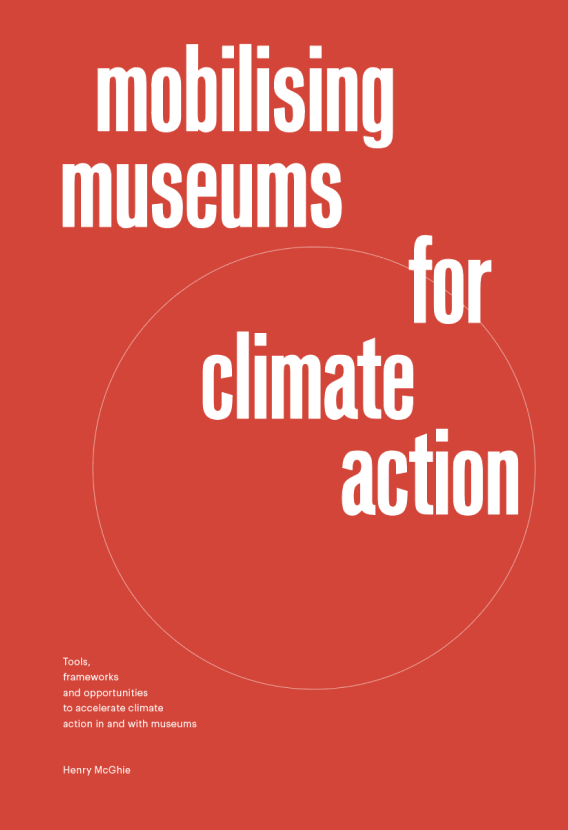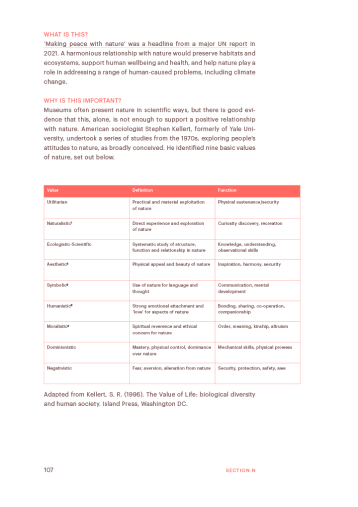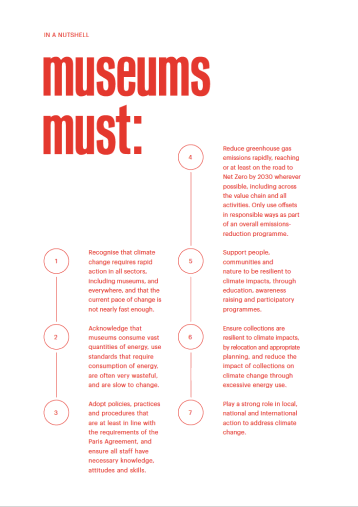Human rights and climate change
( Toolbox )
WHAT IS THIS?
Human rights are the rights each of us have just for being human. They are protected under international law, and written into countries’ constitutions and laws in different ways.
WHY IS IT IMPORTANT?
Climate change negatively impacts on many human rights, for example: the right to life, liberty and security of person, right to health, right to participate in cultural life, right to benefit from scientific advancement, right to education, right to information, right to a standard of living adequate for the health and well-being of themselves and of their families, right to take part in public affairs, right of assembly and association, right to take part in environmental decision-making, and the right to development.
Social groups are affected differently. Typically, those who are
already at risk or marginalised/under-served suffer more from climate
impacts. Attention to these different impacts has been noted many times by the Human Rights Council of the United Nations, disproportionately affecting the rights of older people, small-scale farmers, disabled people, women and girls, migrants and displaced people, Indigenous peoples, and ethnic minorities, among other groups. Because of this situation, human rights should be integrated into climate change mitigation and adaptation plans. The OHCHR provides detailed information on how these groups are impacted by climate change.
The right to development (1986) acknowledges that people are entitled to expect an improvement in conditions over time in their social and environmental conditions. Some aspects – that the individual is the central subject, participant and beneficiary, and that people must be fully involved in their own development – are particularly important to consider.
The Aarhus Convention
The Aarhus Convention (1998) establishes three rights relating to the
environment:
- The right of access to environmental information, on the state of the environment and in relation to human health.
- The right of public participation in environmental decision-making, to enable the public to comment on projects, plans and programmes relating to the environment, and that their comments are taken into account in decision-making.
- The right of access to justice, the right to challenge decisions that have not taken the previous two rights or environmental law into consideration.
Museums can provide many opportunities for people to attain the first
two rights, and help empower people to assert the third right by raising awareness of complaint mechanisms, and how to make use of democratic processes.
Environmental rights
Environmental rights are any rights that depend on a particular environmental standard in some way. The UN Environment Programme has noted that “Human rights and the environment are intertwined; human rights cannot be enjoyed without a safe, clean and healthy environment; and sustainable environmental governance cannot exist without the establishment of and respect for human rights.”
The right to a healthy environment
The right to a healthy environment, called the R2HE for short, is inferred through many of the rights in the Universal Declaration of Human Rights, and has been included in many official declarations and agreements since 1972. Over 150 countries (156 out of 193) have a constitutional right to a healthy environment (the UK and US are notable exceptions).
Increasingly, the case for the right to a healthy environment is being
made loudly at the United Nations.
Court cases are being brought against countries and governments by
groups of citizens, on the basis that their inaction is an abuse of their
human rights.
WHAT DOES THIS MEAN FOR MUSEUMS?
Museums should help people understand their own rights relating to the environment and sustainable development, using approaches from the right to development.
They should also help people understand how climate change affects
other people’s rights, and how people’s life choices impact upon the lives of others.
The right to a healthy environment is an emerging human right, that
museums could play an important role in helping people understand,
and demand, their right to a healthy environment.
Museums should acknowledge that their carbon footprint and other greenhouse gas emissions contribute to the erosion of people’s rights, notably those from poor or vulnerable/marginalised/under-served groups, and act concretely and rapidly to reduce these, at least in line with Paris Agreement targets.
Museums deny people their rights when the hold their cultural heritage without their permission, notably Indigenous peoples and formerly colonised countries. This is an assault on their rights, notably their rights to own property, to participate in cultural life, and the right of access to and enjoyment of cultural heritage. Museums should return such cultural heritage so that people can enjoy and use it as tools and resources for their development and to adapt to climate change.
Museums also deny people their rights when they develop top-down or instrumentalist approaches that see people as passive recipients of, or subjects to, the aims or intentions of museums themselves: this is fundamentally opposed to a rights-based approach, as outlined above. The interests and participation of people as individuals with their own capacities, thoughts and concerns should be seen as central to all museum activity.
Museums should acknowledge that, as long-term institutions, they are implicated in intergenerational equity, both in terms of the cultural resources they hold in trust for current and future generations, and the totality of the resources they consume over time – both in the past and the future. A museum that has existed for a long time and has consumed lots of resources over that time has, arguably, an even greater responsibility to act swiftly to lessen the burden it creates for future generations.
Museums should empower people to make use of democratic processes – the right of peaceful assembly, and to make use of their representatives and politicians – to address human rights abuses related to climate change, and other matters.
The right to development is relevant to museums, who should acknowledge people as active agents and as individuals, not simply as members of more or less homogeneous ‘audiences’.
FURTHER READING AND INFORMATION
OHCHR (2016). Frequently asked questions on the Right to Development.
The Special Rapporteur on the Environment’s 2019 report focussed on climate change and human rights.
The Special Rapporteur on Social and Cultural Rights’ 2020 report focussed on climate change and cultural rights.
The OHCHR has identified ten key messages on climate change and human rights.
The OHCHR has issued a publication, ‘Frequently Asked Questions on Human Rights and Climate Change’.
OHCHR has noted the importance of taking a rights-based approach to climate action. The preamble of the Paris Agreement also notes the importance of a human rights-based approach to climate action.
See sections on:
Climate justice (section h)
Just transition (section i)
Common But Differentiated Responsibilities (section j)


